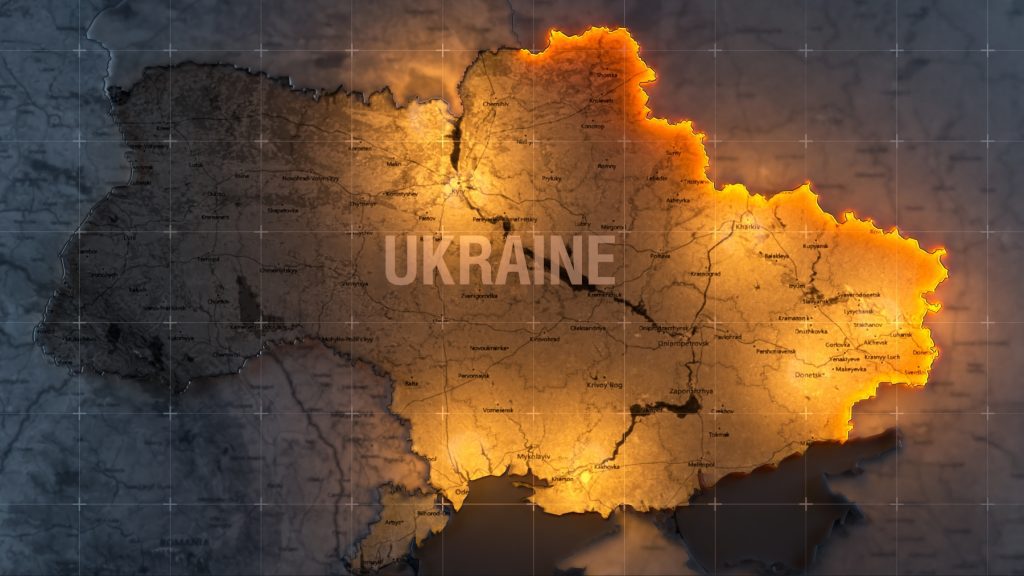
Facing severe manpower shortages, Ukraine’s 250 defense startups are developing advanced unmanned vehicles in hidden sites against Russia.
In a network of secret workshops hidden in abandoned warehouses and factory basements, Ukrainian innovators are developing a new kind of robot army to combat against Russia’s troops and save their own soldiers and civilians.
Rise of Defense Startups
About 250 defense startups in Ukraine are developing unmanned vehicles in at hidden sites resembling rural car repair shops. Entrepreneur Andrii Denysenko’s startup can assemble an unmanned ground vehicle called the Odyssey in just four days at a low cost of $35,000 – about 10% of the cost of an imported model.
The workshop where the Odyssey is built includes small rooms for welding, bodywork, and fitting basic electronics, battery-powered engines, cameras, and thermal sensors. The Associated Press has not disclosed the location to protect the infrastructure and workers.
The Ukrainian military is evaluating numerous new unmanned air, ground, and marine vehicles produced by these startups and their methods are quite different from those of large Western defense companies. In May, Ukraine added a fourth branch to its military, the Unmanned Systems Forces, to oversee these innovations.
Denysenko, who heads the defense startup UkrPrototyp, said, “We are fighting a huge country, and they don’t have any resource limits. We understand that we cannot spend a lot of human lives. War is mathematics.”
His company’s drones, including the car-sized Odyssey, are versatile and can be modified for various tasks, including carrying weapons or clearing mines.
Mykhailo Fedorov, the deputy prime minister for digital transformation, encouraged citizens to take part in online courses to assemble aerial drones at home. His goal is to produce a million flying machines a year. “There will be more of them soon,” mentioned a government fundraising page. “Many more.”
Denysenko’s company is also working on a motorized exoskeleton to boost a soldier’s strength and carrier vehicles to transport equipment or help soldiers up inclines. “We will do everything to make unmanned technologies develop even faster. Russia’s murderers use their soldiers as cannon fodder, while we lose our best people,” Fedorov stated in an online statement.
AI and Autonomous Weapons Concerns
Ukraine’s use of semi-autonomous attack drones and AI-powered counter-drone weapons is raising concerns among experts who fear that low-cost drones will enable widespread use of these technologies.
Concerns of global leaders, including those from the UN and Vatican include fears that drones and AI use in weapons may reduce the cost of killing thereby escalating conflicts.
Human rights watch groups want a ban on autonomous weapons. Toby Walsh, an artificial intelligence lecturer at New South Wales University, said: “More drones will come because they are becoming cheaper. They are also bound to become more self-determining.”
Final Thoughts
Ukraine’s innovative strategy of unmanned vehicles’ creation with integrated AI for national defense highlights its ability to withstand adversity and change. The country intends to defeat its opponents’ using technology while minimizing human casualties. However, there are serious ethical and safety concerns related to proliferation of cheap AI weapons globally. As Ukraine grows its defense capabilities against Russia, the world should be cautious about autonomous weapons driving modern conflict trends.
Inside Telecom provides you with an extensive list of content covering all aspects of the tech industry. Keep an eye on our Tech sections to stay informed and up-to-date with our daily articles.